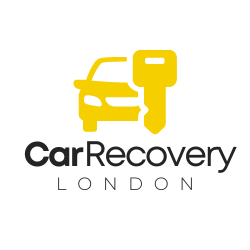How Much Does Car Recovery Cost?
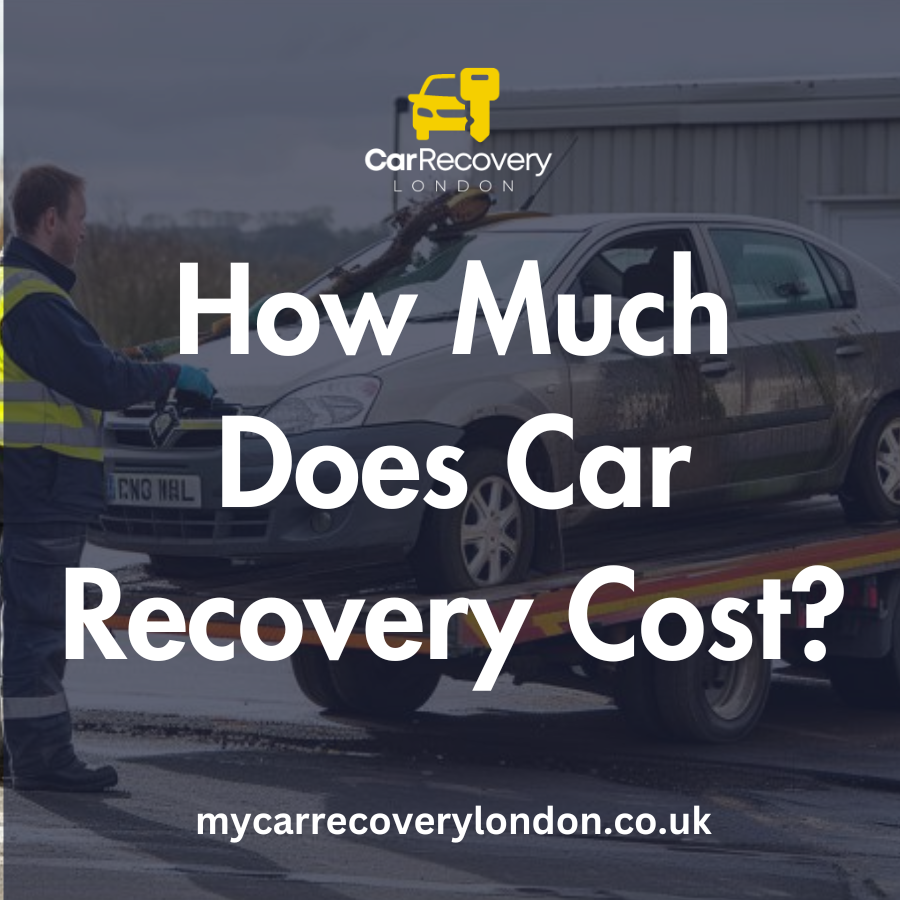
How Much Does Car Recovery Cost?
If your reading this we're guessing you've broke down. If your car breaks down and cannot be fixed at the roadside, you'll likely need a recovery service to transport you car either to your home or to a garage (prefrance is yours).
The average cost of car recovery in the UK is £75-£150 for the call-out and towing fee. You'll also pay a mileage fee, usually around £1.50 per mile.
In this blog post, we'll cover:
- Cost breakdown of car recovery services
- Factors that affect the price
- Tips to get the best deal
| Mileage | Cost |
|---|---|
| 1-5 miles | £75 - £150 (base fee) |
| 10 miles | £90 - £165 |
| 25 miles | £125 - £225 |
| 50 miles | £200 - £300 |
| 100 miles | £350 - £450 |
Call-Out and Towing Fee
The base fee just to get a specalist recovery vehicle out to you starts around £75. This means its £75 to get them to you, you will then possibly have a fee to get to your location which will depend on the distance. This call-out or attendance fee covers the cost of the driver's time to reach your location, the longer the distance the higher the towing fee may be.
On top of the £75 you pay a towing fee to get to your location. The cost of towing fee averages £75-£150 to load and transport your car onto the recovery truck and deliver it to a garage.Expect fees on the higher end of £85-£110 for service needed after 6PM, on weekends, or bank holidays when overtime rates apply.
Mileage Charges
In addition to the base towing fee, most recovery services charge per mile travelled. This mileage fee generally runs £1.50-£3 per mile.
The total mileage includes the following:
- The mileage for the truck to reach your breakdown location
- The mileage to transport your car to the destination garage
- For just a few miles, this cost stays low. But the more miles travelled, the higher your total bill climbs.
Does it cost more for larger cars?
Recovering larger vehicles costs more than standard cars. Expect to pay more for vehicles like Vans, Minibuses, SUVs
What else can can a recovery company charge for?
If your car is stuck off the road, sunk in mud or snow, overturned, or otherwise hard to access, specialised gear and labor will raise the price. Costs to account for Winching fees if the car is off road, stuck, etc, Skates for stuck wheels (£40-£50 per wheel), Manpower for complex maneuvers
In an accident, recovery requires extra precautions during transport to avoid further damage. So expect added fees.
How to Get the Best Deal
When you've broken down try not to panic, your probably going to be there for a while so relax and if you havebattery on your phone head to google and search for car recvoery + location, you will now see a bunch of companies listed on google. You can call multiple companies until you find one that can get you quickest and for the best price.
In future you could consider breakdown coverage: This bundles roadside help and recovery transport for a fixed yearly rate, saving money over paying out of pocket each time. Just check what's included.
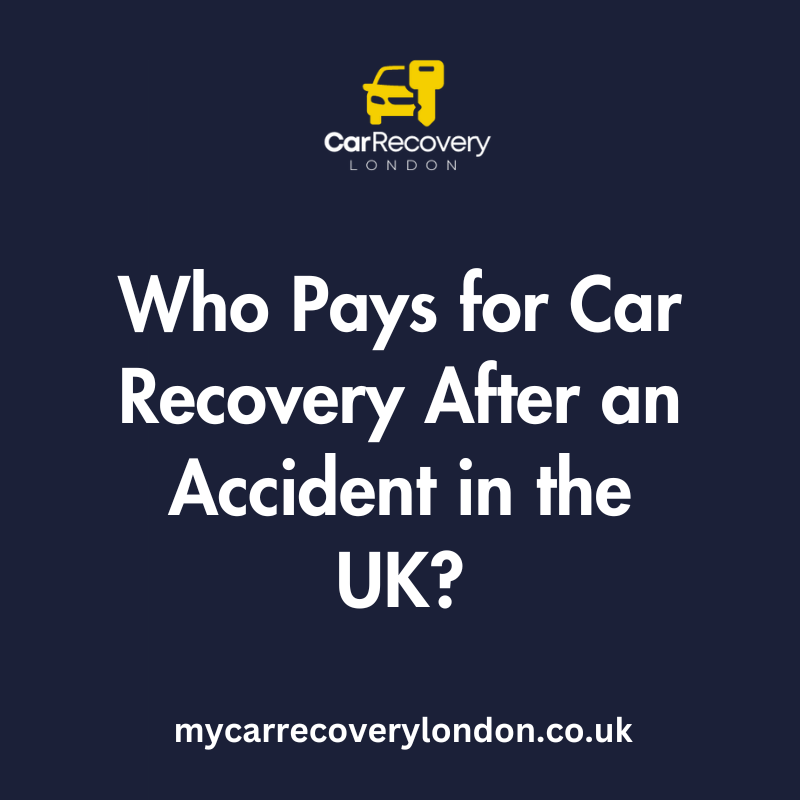
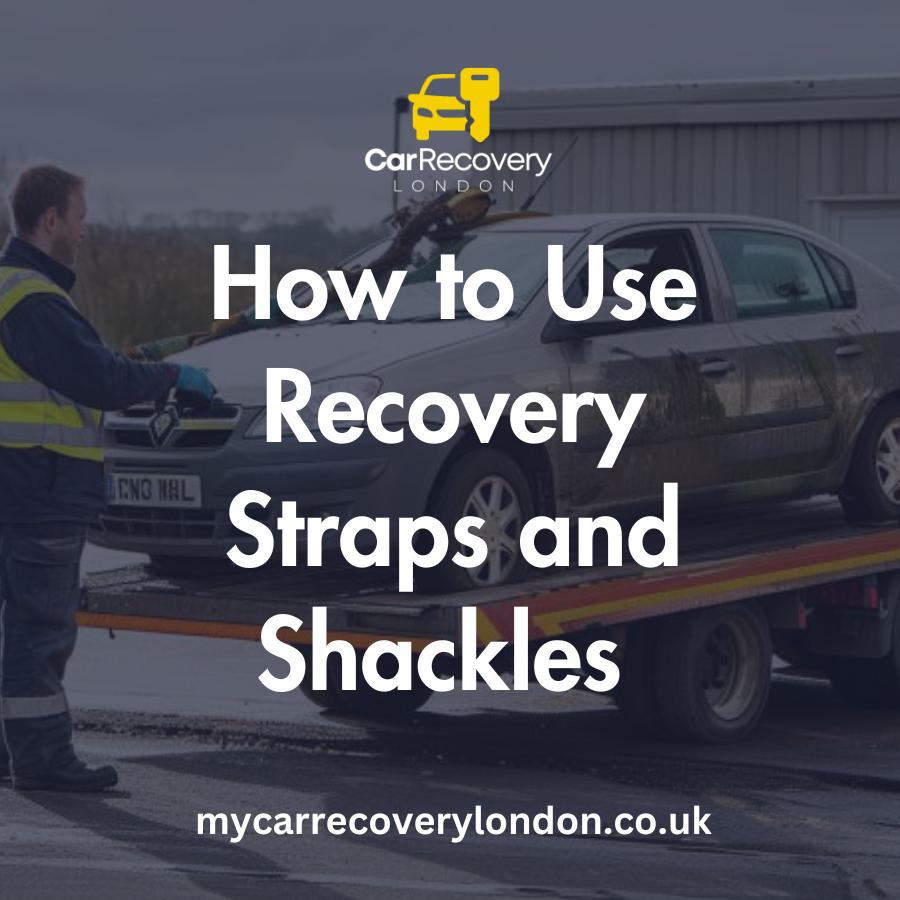
MENU
GET IN TOUCH
23TM
Unit 3A
B34-35 Hatton Garden
Holborn
London
EC1N 8DX
020 805 00607
Stay Connected
Join our newsletter and find out more.
Contact us
We will get back to you as soon as possible
Please try again later
